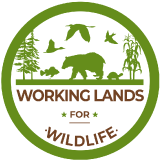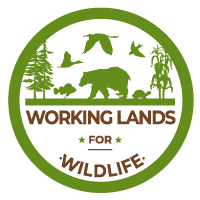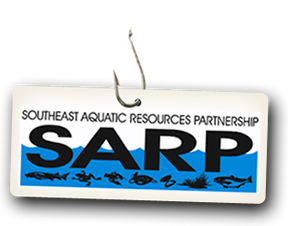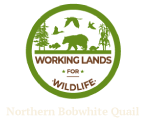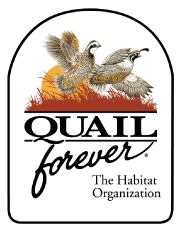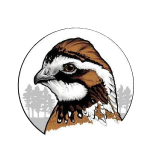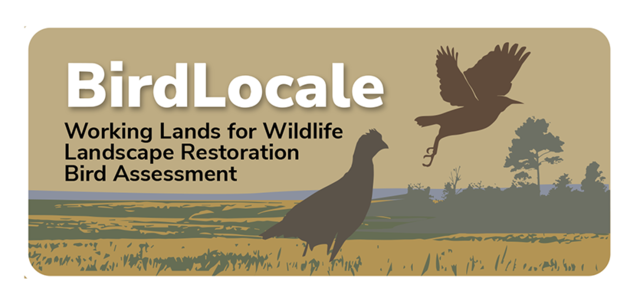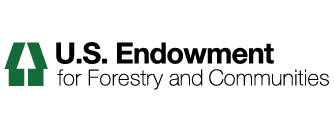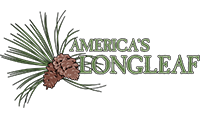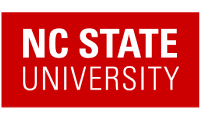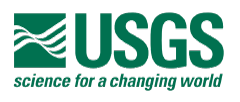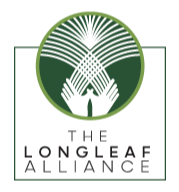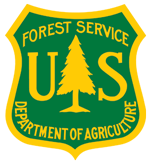ANCHOR Resources
ANCHOR Fact Sheet
ANCHOR is a new conservation approach that builds Areawide Networks to Connect Habitat and Optimize Resiliency. The approach guides investments in strategic “anchor” locations to connect wildlife populations, enhance landscape resiliency, and strengthen rural economies.
ANCHOR Fact Sheet (Español)
ANCHOR Fact Sheet Español. ANCHOR es un nuevo enfoque de conservación que construye redes de área para conectar el hábitat y optimizar la resiliencia. El enfoque orienta las inversiones en ubicaciones estratégicas de “anclaje” para conectar las poblaciones de vida silvestre, mejorar la resiliencia del paisaje y fortalecer las economías rurales.
ANCHOR: An Opportunity to Change Landscape Connectivity Networks and Conservation Delivery At-Scale in the U.S.
Abstract: Connectivity modeling has been a tool available to the conservation community since the 1980s that guides our responses to habitat fragmentation. While the sophistication of computer modeling continues to grow, on-the-ground delivery remains challenging and lacks urgency. We present an approach to scale up delivery and do so within effective timeframes. The approach, termed ANCHOR (Areawide Networks to Connect Habitat and Optimize Resiliency), is grounded in connectivity science but executed in a manner that is flexible, expandable, and measurable. ANCHOR goes beyond the traditional protected area focus for establishing connected biomes to maximize the contributions of existing public lands and expand private landowner participation. The approach is applied using an umbrella species to represent a faunal group and/or multiple taxa to deliver co-benefits of landscape connectivity. Public lands receive connectivity rankings that are then used to engage potential connectivity partners who commit land units and collectively monitor improvements in habitat quality and landscape resiliency. The ANCHOR approach can guide unprecedented participation across agencies and departments to create public lands networks, while private and corporate lands establish landscape connections. To illustrate the approach, we present an example of native grasslands conservation in the central and eastern U.S. and an emerging partnership with the Department of Defense.
Integrating multiple data sources with species distribution models to estimate the distribution and abundance of northern bobwhite (Colinus virginianus) in the United States
Our study provides an important example of how datasets collected at different spatial scales under different observation protocols can be integrated via SDMs to improve abundance-based modeling and correct for weaknesses of individual datasets. Our modeling framework provides regional estimates of the drivers of bobwhite abundance and range-wide estimates of abundance for guiding both local and range-wide bobwhite conservation.
